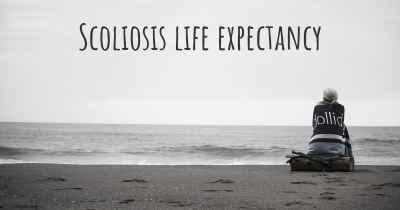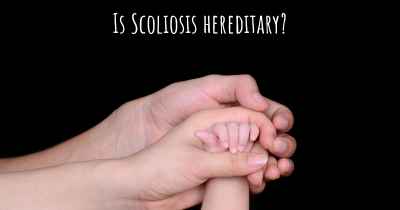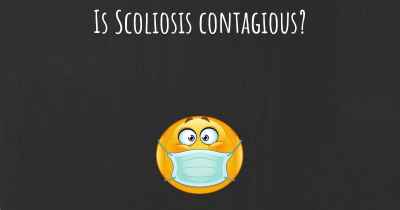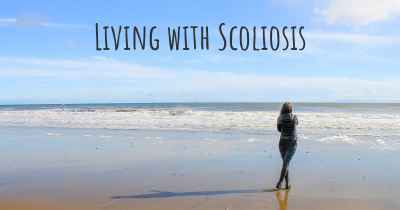How do I know if I have Scoliosis?
What signs or symptoms may make you suspect you may have Scoliosis. People who have experience in Scoliosis offer advice of what things may make you suspicious and which doctor you should go to to receive treatment
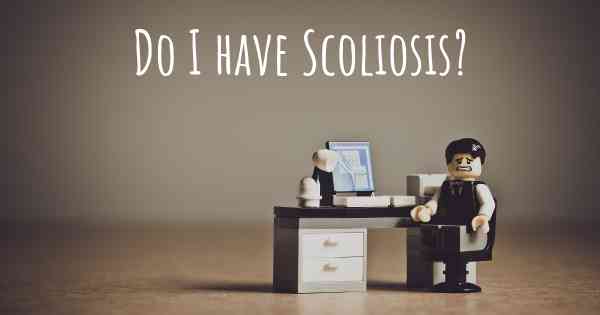
Scoliosis is a condition characterized by an abnormal curvature of the spine. It can affect people of all ages, but it typically develops during the growth spurt just before puberty. While most cases of scoliosis are mild, some can progress and cause discomfort or other complications. Detecting scoliosis early is crucial for effective treatment, so it's important to be aware of the signs and symptoms.
1. Visual Inspection: One way to identify scoliosis is through a visual examination. Stand in front of a mirror and observe your body's alignment. Pay attention to the following:
- Uneven Shoulders: Check if one shoulder appears higher than the other.
- Asymmetrical Waist: Look for a noticeable difference in the levelness of your waist.
- Uneven Hips: Check if one hip appears more prominent or higher than the other.
- Head Tilt: Observe if your head is not centered directly above your pelvis.
2. Physical Examination: A healthcare professional can perform a physical examination to assess your spine's alignment and mobility. They may ask you to bend forward at the waist with your arms hanging freely. This allows them to observe any asymmetry or abnormal curvature of the spine.
3. X-ray Imaging: X-rays are commonly used to confirm a diagnosis of scoliosis. They provide detailed images of the spine, allowing healthcare professionals to measure the degree of curvature and identify the specific type of scoliosis.
4. Symptoms: While scoliosis itself may not cause noticeable symptoms, some individuals may experience:
- Back pain: Discomfort or pain in the back, shoulders, or hips.
- Uneven posture: Leaning to one side or having a hunched appearance.
- Reduced mobility: Difficulty bending or twisting the spine.
- Uneven leg lengths: One leg may appear shorter than the other.
If you suspect you may have scoliosis or notice any of the aforementioned signs, it is important to consult with a healthcare professional. They can provide a proper diagnosis and recommend appropriate treatment options based on the severity of the condition.
